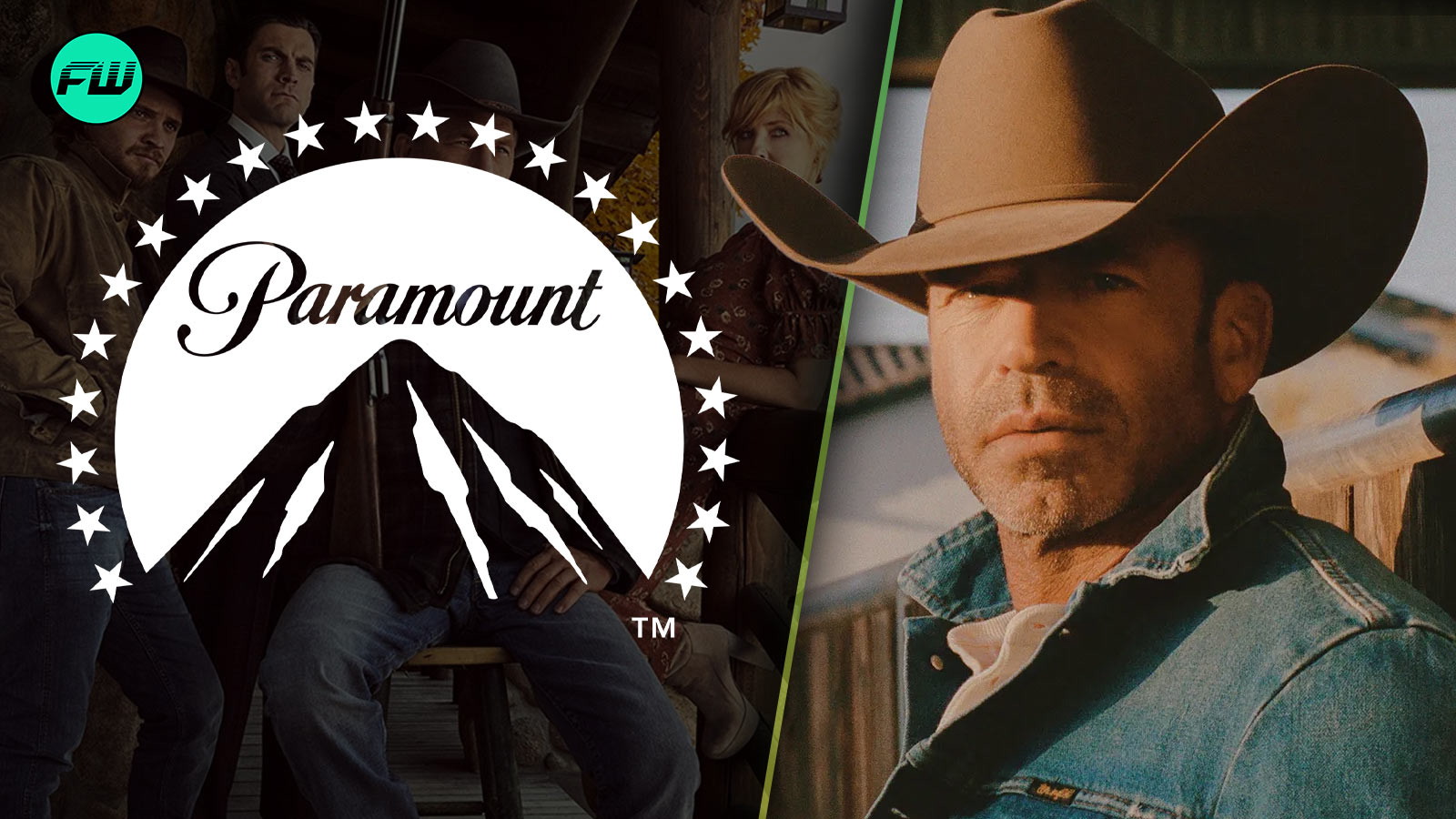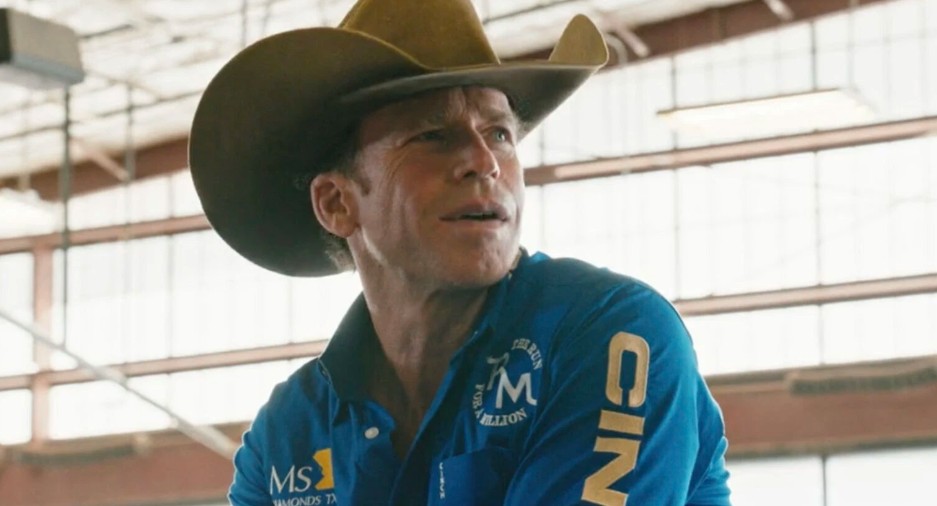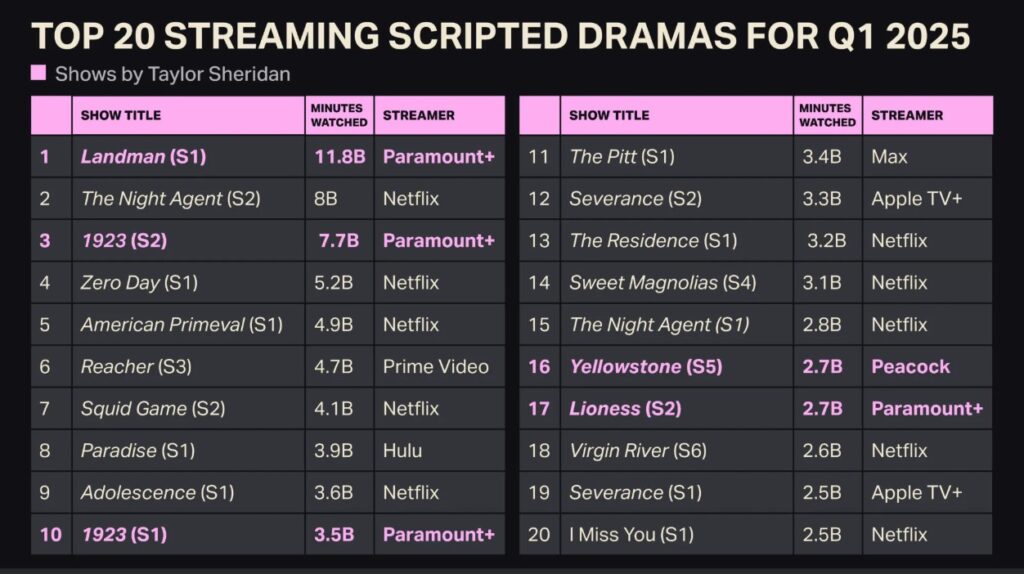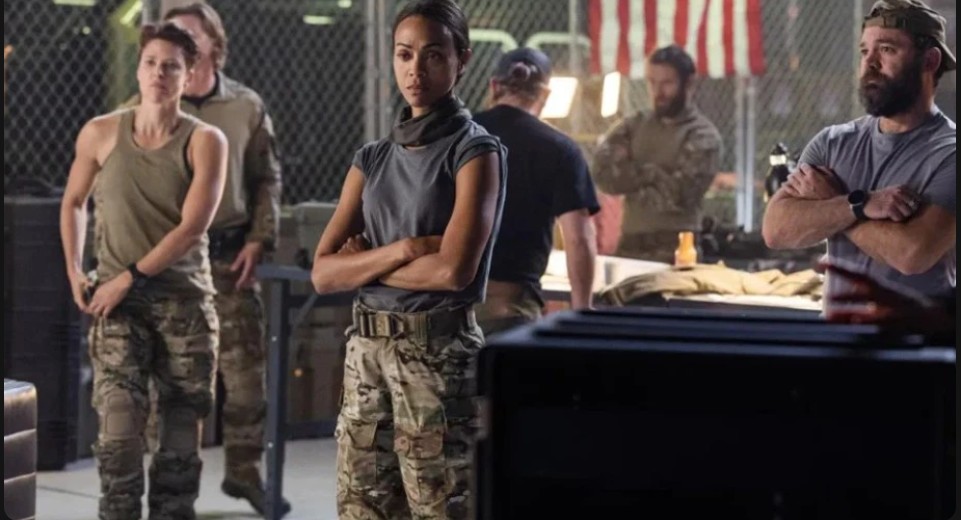Paramount reportedly wants Taylor Sheridan to trim his $16M-per-episode empire to $9M. Will the cowboy king of streaming saddle up or ride out?

Let us shoot straight; if storytelling were rodeo, Taylor Sheridan would be the last man riding when the dust settles. We mean, here’s a guy who took cowboy hats, moral ambiguity, and the open sky and spun them into TV gold. And now Paramount is thinking of tightening the purse strings? Isn’t that like asking Gordon Ramsay to cook with canned beans and a microwave?
Sheridan’s shows aren’t just expensive; they bleed authenticity, and that comes at a price. With Paramount merging with Skydance and budget axes swinging under new leadership like David Ellison and Cindy Holland, Sheridan’s signature high-dollar productions are suddenly sitting on a wobbly saddle. Think $12–16 million an episode, while the new sheriff in town wants it closer to $9 million.
So what gives? Why does this cowboy cost so much? And can Paramount really afford to lose their golden horseman?
Taylor Sheridan’s star-filled, location-heavy shows may be too expensive for Paramount’s new regime?

Taylor Sheridan in Yellowstone | Credits: Paramount Network
Let’s rewind a little. Taylor Sheridan didn’t start with a ten-gallon hat and a blank check. He earned his spurs writing Sicario; then he gave us Yellowstone in 2018. Since then, it’s been nothing but hits. And we’re not talking run-of-the-mill B-tier shows either. We’re talking:
You want names? Sheridan brings a phonebook of them.
Despite delivering eight juggernaut series – Yellowstone, 1883, 1923, Tulsa King, Lioness, Mayor of Kingstown, Lawmen: Bass Reeves, and Landman — Paramount’s new brass isn’t clapping. They’re cutting.
After David Ellison and Cindy Holland rode in with new rules: Keep budgets around $9 million per episode. Sheridan’s shows? They laugh in nine-million-dollar accents: his episodes clock in at $12–16 million a pop, thanks to A-list stars and real-location shoots in places like Montana, West Texas, and even international military bases.
Word is, Sheridan’s not exactly doing a happy square dance over this. And if things don’t smooth out, he might just ride off into the sunset, leaving Paramount holding nothing but old boots and reruns.
Taylor Sheridan’s shows cost so much? Well, Why should they

Source: Luminate Streaming Viewership (M)
Here’s the tea: Taylor Sheridan doesn’t do cheap. He refuses green screens, avoids sound stages like the plague, and insists on on-location filming for the sake of realism. That means helicopters, cowboy wranglers, and housing full casts.
Just look at Yellowstone. The Dutton family ranch? That’s the Chief Joseph Ranch, a 2,500-acre working cattle ranch in Darby, Montana. Not a backlot: a real, living, breathing ranch with horses. In seasons 1 to 3, they shot mostly in Utah, but by Season 4, the crew shifted to Montana full-time (via PEOPLE).
They even secured a 40,000-square-foot space in Missoula for extra filming. Here’s where the wallet meets the whip. Sheridan’s content is literally propping up Paramount+. According to Luminate’s year-end data, Sheridan’s Landman absolutely dominated in viewership with nearly 12 billion minutes watched.
1923 is halfway through its hotly anticipated second season, and people can’t stop talking about it. Then there’s Lioness, Lawmen: Bass Reeves, Yellowstone – all top-performing series. Paramount is all in on the Yellowstone brand, but the brand is Sheridan. Cut the money, and you cut the man. Cut the man, and you might as well cancel Christmas.

Special Ops: Lioness | Credits: Paramount+
What will happen next?
Landman’s already been renewed for a second season. But word on the ranch is that Sheridan is not pleased with the studio trying to squeeze his vision. If Cindy Holland and David Ellison can’t find a way to trim costs without gutting the core, it’s entirely possible Sheridan could walk and take his entire Western empire with him.
Look, we’re not accountants. But even we can see the irony here: Paramount is profiting off Sheridan’s shows, then whining about how much they cost to make. That’s like eating the best steak of your life, then sending it back because the bill’s too high.
If Paramount wants to save pennies, they better be ready to lose billions in viewer loyalty. Because when Sheridan rides off, he doesn’t look back.